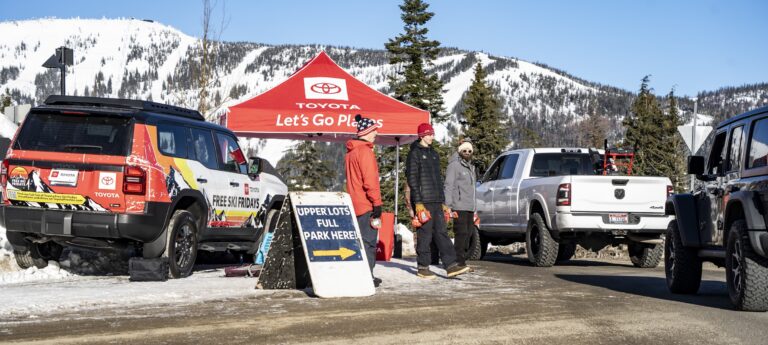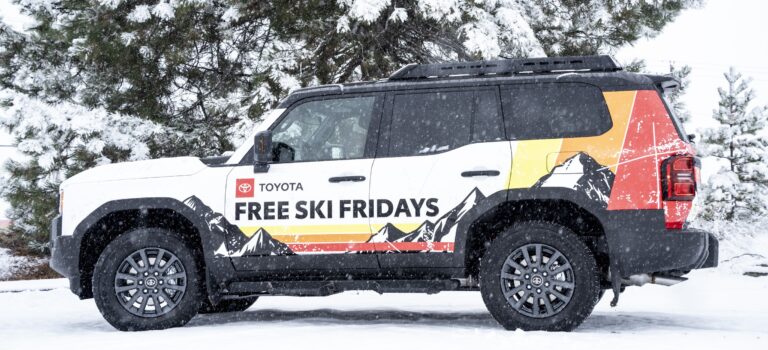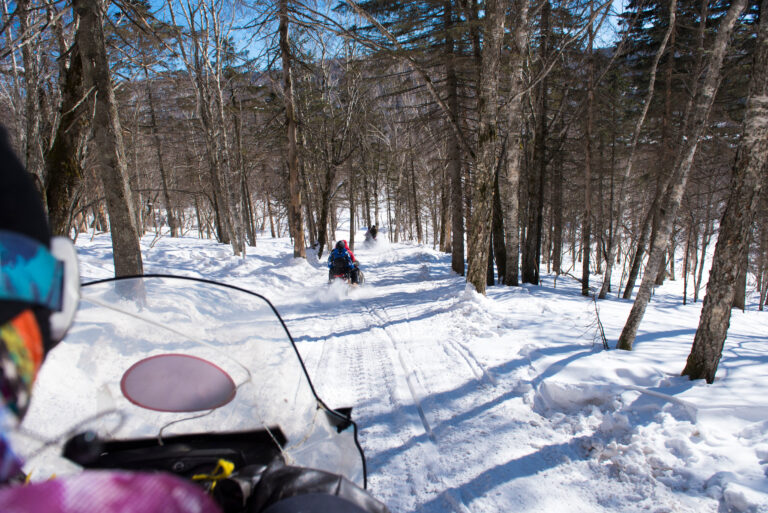If you are a snowmobiler, fly fisher, canoeist, or hunter, then you are undoubtedly familiar with the Coeur d’Alene National Forest. Many mountain bikers sing the praises of the Canfield Trail System, which is part of the CdA National Forest. But mountain biking is not the only way to explore this incredible area. The vastness of the CdA National Forest can be enjoyed on an appropriately configured long-distance bike with a suitable gear range and slightly plump tires.
The CdA National Forest is over 1000 square miles of scenic forest land in the Bitterroot mountain range. There are hundreds of roads, with every conceivable surface, sprawling across the forest. There are many lakes, ponds, streams, creeks, and a river. The Bitterroot range provides climbs for every kind of hill climber: from short and steep, to long and sweeping. And finally, because the forest is so huge, there is almost no traffic on the minor roads.
In short, the CdA National Forest has all of the components for a long-distance, dirt road cycling paradise. And while just minutes from downtown Coeur d’Alene, and at about an hour from Spokane by car, it’s a wonder that it’s not a major cycling destination.
Perhaps one reason it’s not a cycling destination is because the type of riding and exploring that is so satisfying in the CdA National Forest doesn’t fit neatly into mountain biking or road biking. Bikes that work well for long days of dirt road riding with lots of climbing and fast descending are unique bikes. The closest “off the shelf” bike type for this kind of riding would probably be a cyclocross bike. You want some volume in your tires for this kind of riding: likely a minimum of 35mm wide. In addition, the climbing and descending on dirt, at speed, require some knobbies on your tires. A wide gear range is essential, as is the ability to haul some food and supplies. And if you plan on riding all day, you want a bike that is as light as makes sense and that you can ride for 8 hours or so.
This list of requirements is a steep order, but once you dial in your bike to meet them, you can tackle nearly any route in the CdA National Forest. Because the forest has so many roads, you can pretty much drive into the forest, park anywhere and create a ride customized just for you. A great ride might start easy on a flat stretch by the North Fork CdA River then break off to a steep climb up to the top of a mountain. From there, you can spend the rest of the day descending back to your car, or riding the ridge line roads over the neighboring mountains. No matter the route, expect incredible views, nearly carless roads, and wildlife galore.
If you go to the CdA to go cycle exploring (I wish there was a good name for this kind of riding), be sure to pack the following stuff:
• Maps and a GPS. And give yourself time to get lost. Like most national forests, CdA is a snapshot of an ever-changing maze of roads. It’s been logged for over a century. It was mined. It was homesteaded. It was used for military purposes. There are roads everywhere: some are marked, some are not, one road (812) exists in two spots! Assuming you load up the USGS maps on your GPS, the best base paper map is the Motor Vehicle Use Map (MVUM) that is available at the Idaho Panhandle National Forests office in the city of CdA. The MVUM map is free and it’s updated yearly. Free GPS maps of the area can be found at http://www.gpsfiledepot.com/maps/view/45/.
• Emergency overnighter gear. Even with proper maps and GPS, it’s still easy to get lost or run out of daylight when you are exploring the CdA forest by bike. Bring an emergency “space blanket” bivy, stocking cap, and a bit of extra food just in case you end up making an unexpected overnighter out of the day trip.
• Lots of food and bring a water filter/treatment solution. Unless you stick to the road by the North Fork of the CdA river, which is the most travelled road in the forest, you will be climbing a lot. And climbing requires a lot of calories and water. Bonking 20 miles from your car in such an environment without food is not just inconvenient, it could be dangerous. There’s plenty of water at the bottom of the mountains. Be sure to filter or treat it, no matter where it comes from.
• Appropriate tools and bike supplies. In addition to the normal roadside repairs, you should be able to replace a spoke, repair/replace a torn tire, make your bike a single speed, and replace a shifter and brake cable.
• Clothing for varied weather. In a long day of riding with lots of climbing, you may encounter rain, cold, hot. And since you’ll be working hard, you’ll be sweating, so descents can be extra chilly if you’re not prepared. Bring a good shell and many light layers.
If you go there are multiple access roads into the CdA National Forest. One good spot to start a day ride from is Huckleberry campground. It’s relatively easy to get to from Spokane or Coeur d’Alene. To get there, get on East Fernan Lake Road, which turns into 268, and then go until 612, where you turn right.
John Speare grew up and lives in Spokane. He rides his bike everywhere. Check out his blog at http://cyclingspokane.blogspot.com.













